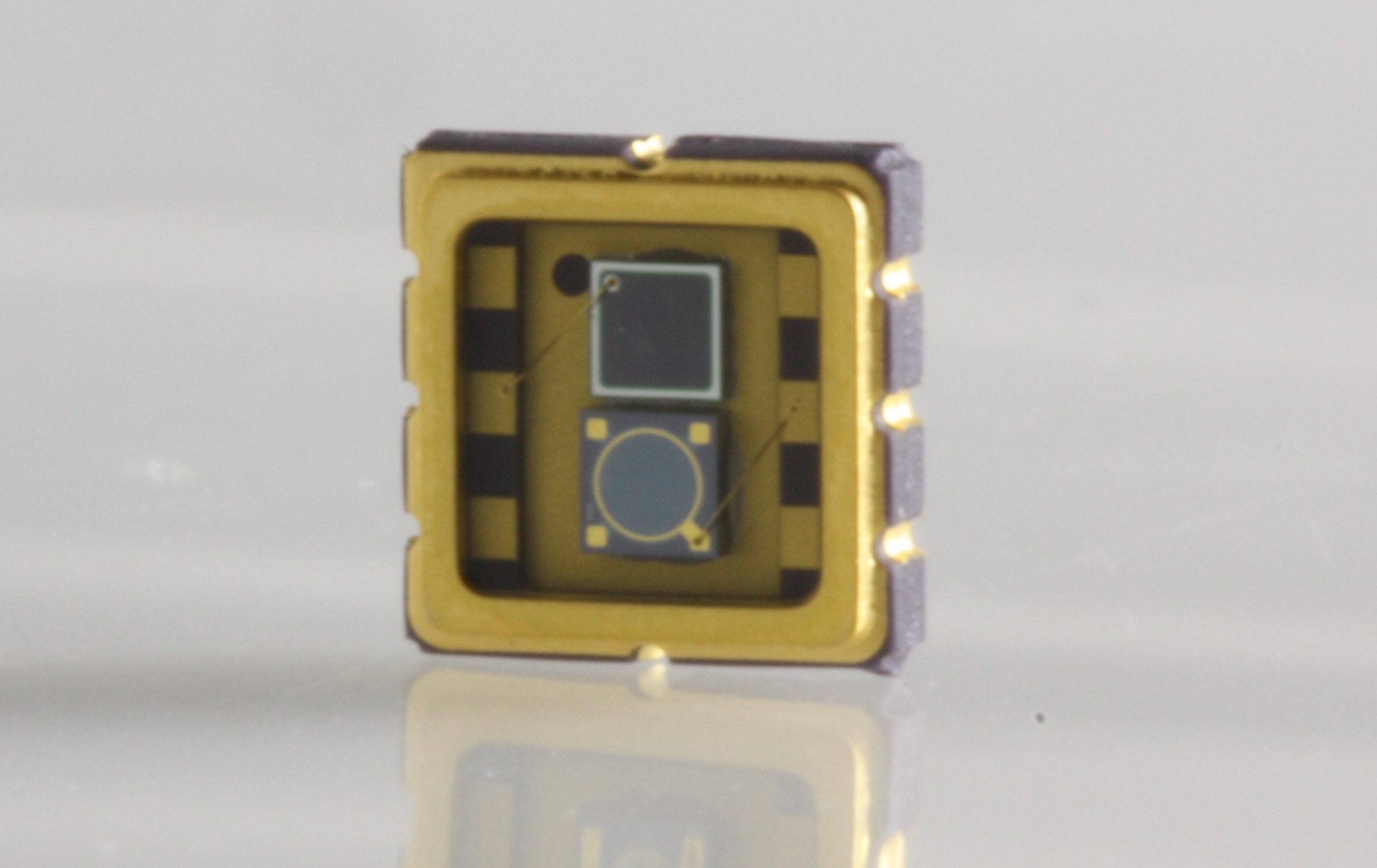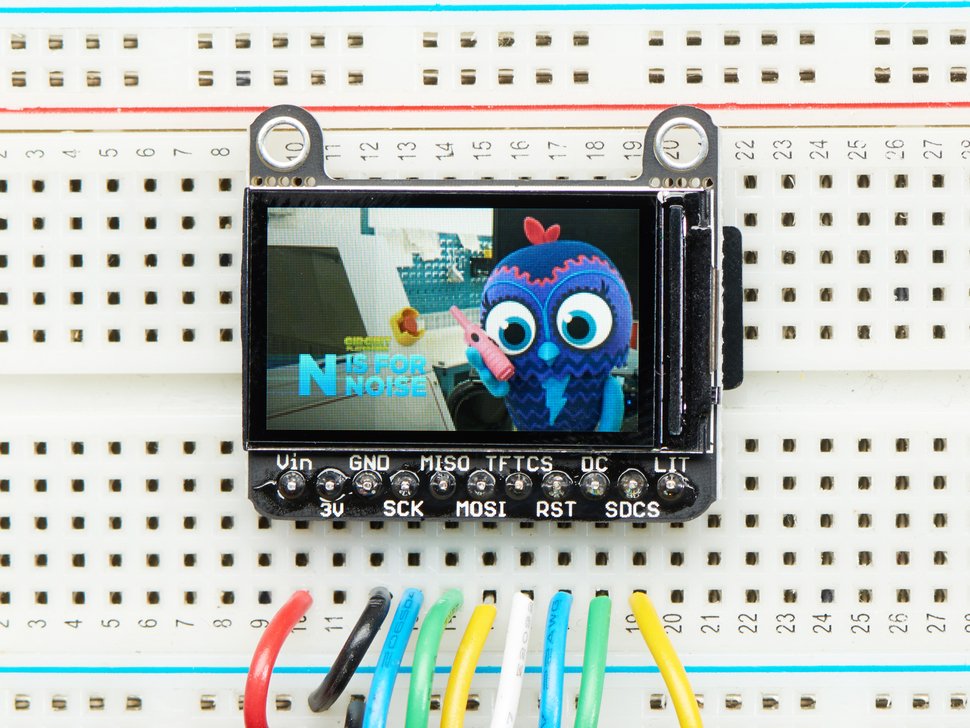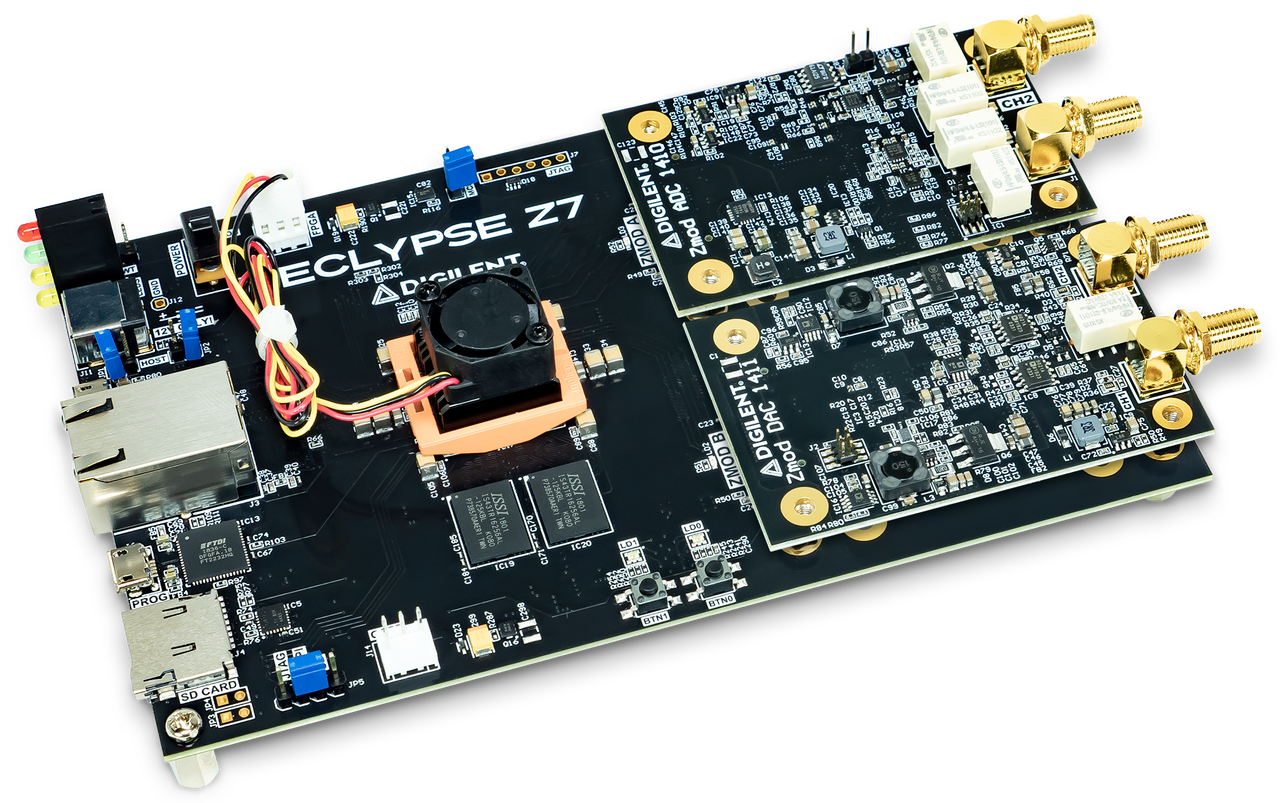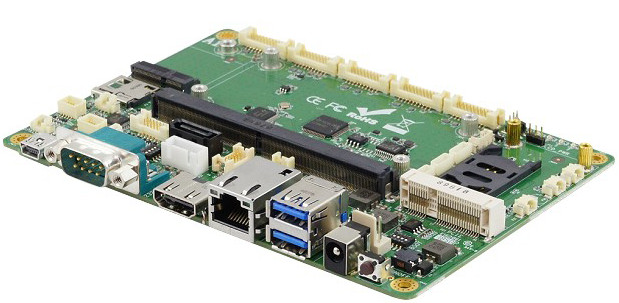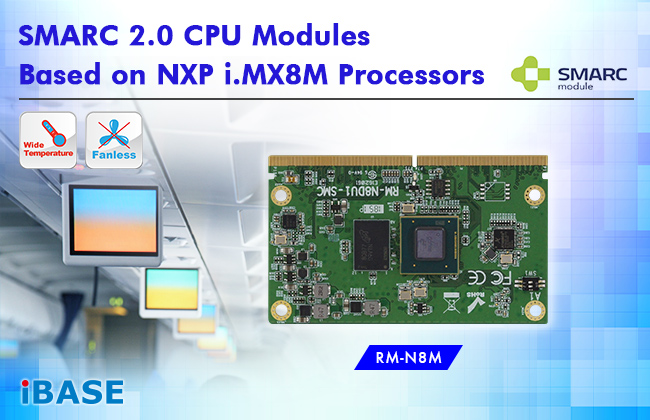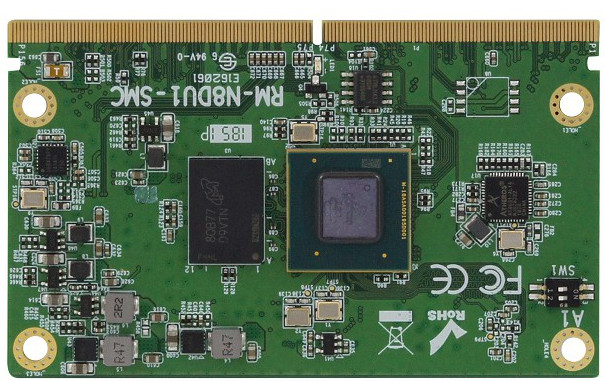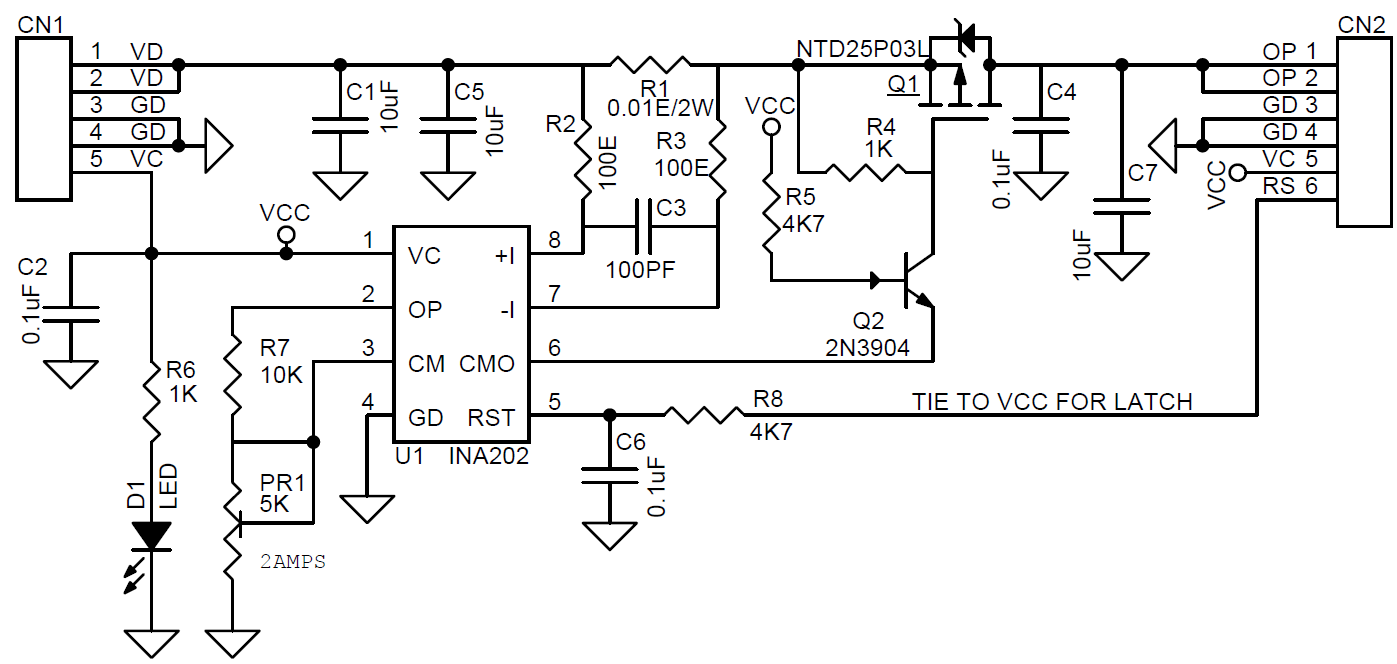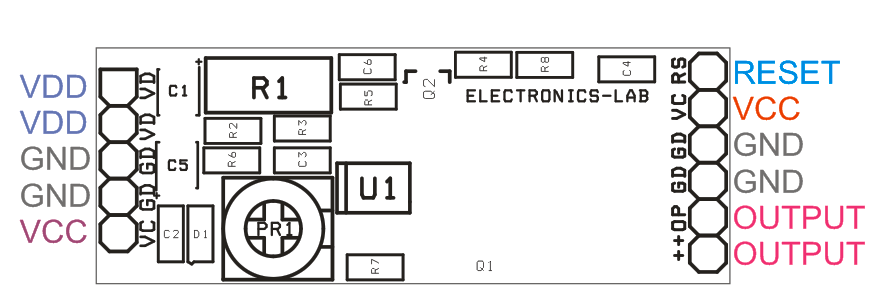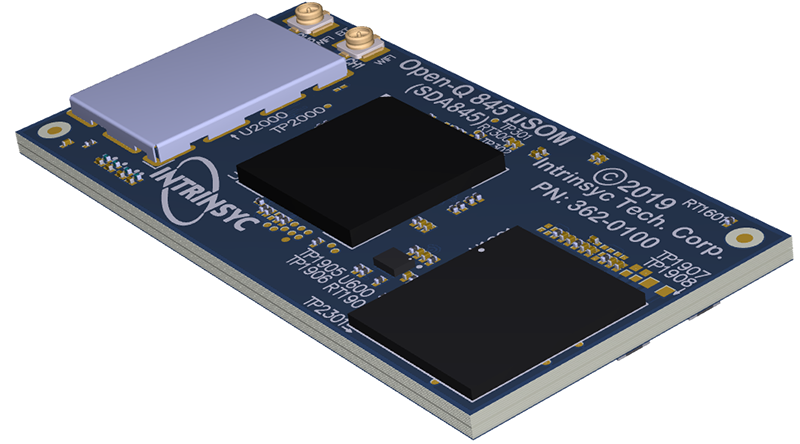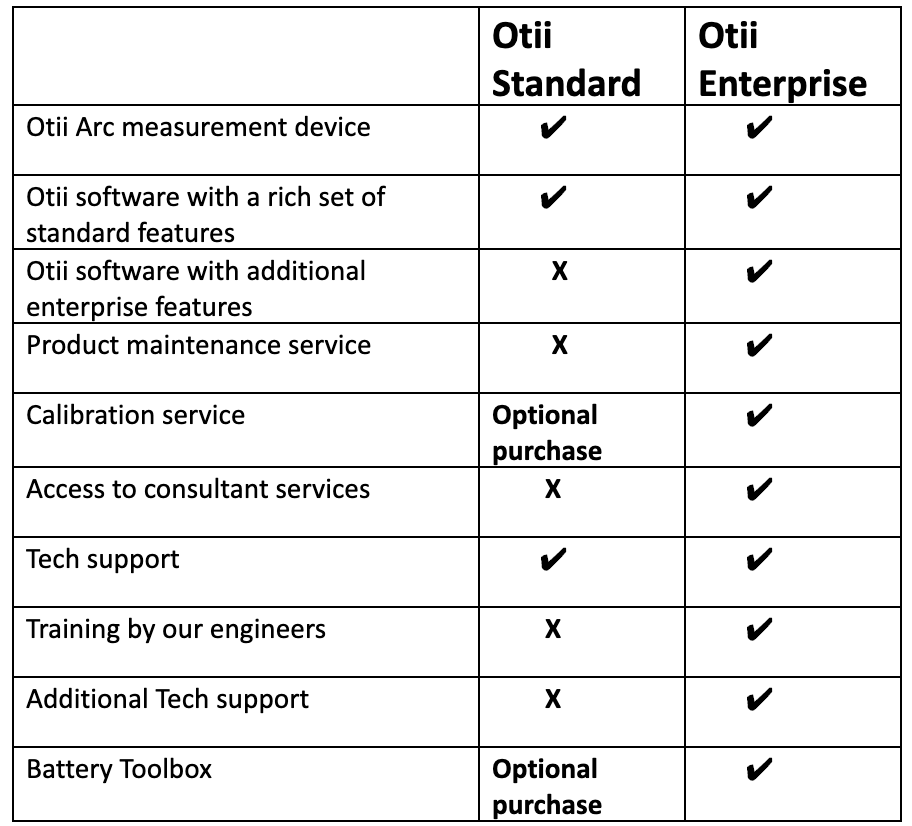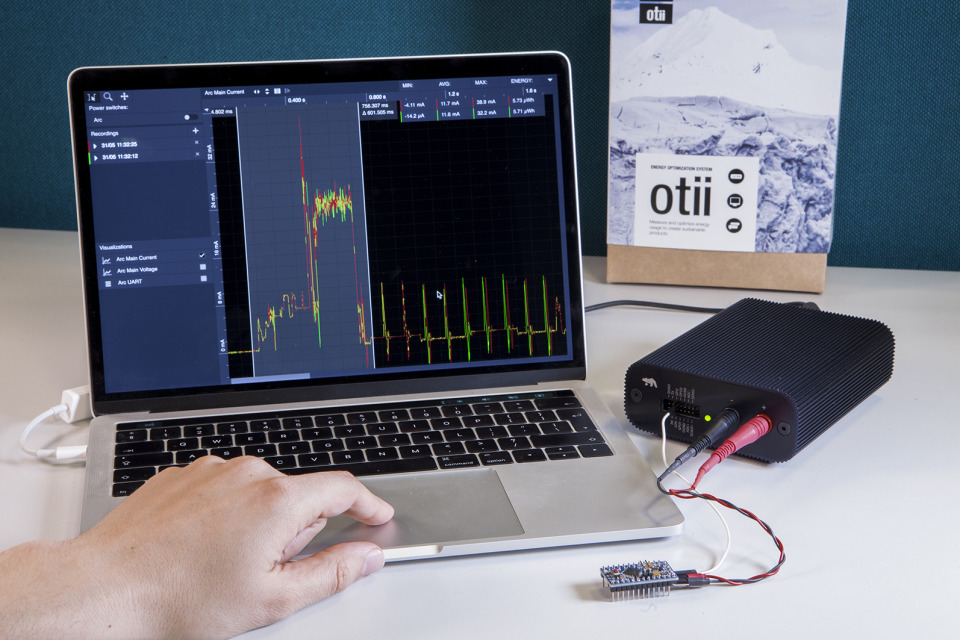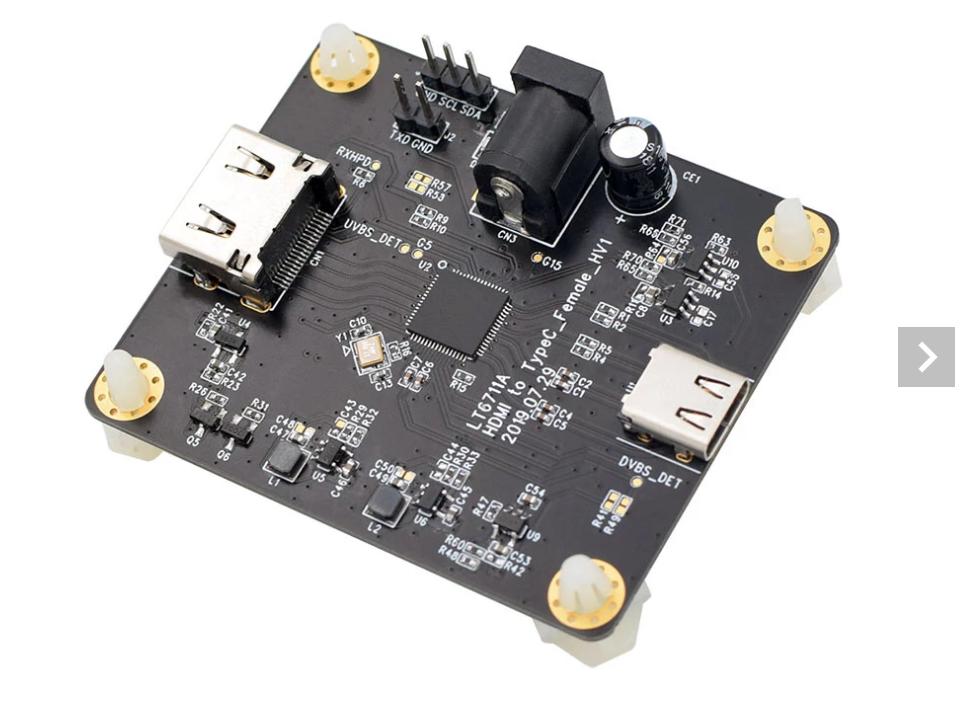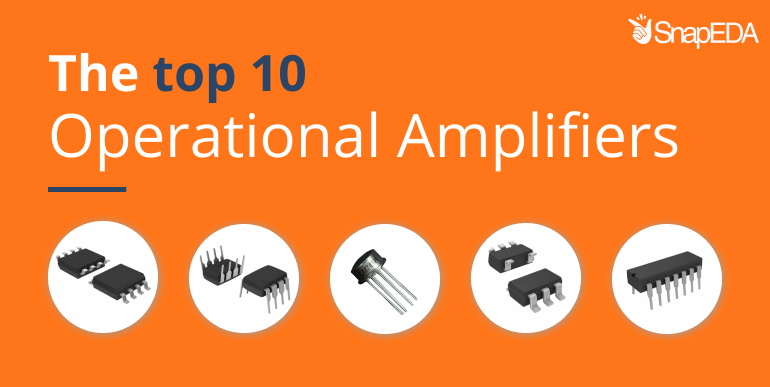
The operational amplifier – or “op amp” for short – is a common building block in analog electronics. Whether you’re a professional electronics designer or just getting started, it is likely you’ve used an op amp in your designs.
Invented in 1941 by Karl D. Swartzel Jr. of Bell Labs, the op amp was originally built with vacuum tubes and was invented to perform mathematical operations in analog computers, hence how it earned its name. Now, op amps are used in all kinds of applications, for everything from signal conditioning, filtering, as well as for complex mathematical operations such as integration and differentiation. They form the basis of many modern analog electronic circuits because they are cost-effective, perform optimally and are readily available.
Op amps are commonly available as integrated circuits (ICs). They have input and output terminals capable of giving out a larger version of voltage signals that are being passed through them. They can be designed to act as a voltage amplifying device when used with active components such as transistors and passive components like resistors and capacitors to provide the desired response.
When signals pass through discrete elements in an analog circuit, they tend to decrease in amplitude—their voltage level decreases, but an op amp can help buffer and boost the amplitude of such signals, hence, delivering a signal that is useful at the output.
Op amps are very adaptable and versatile to many electronic circuits. They are used in audio and video applications, voltage regulators, precision circuits, analog-to-digital and digital-to-analog converters, and many other applications.
#10 LM741H from Texas Instruments
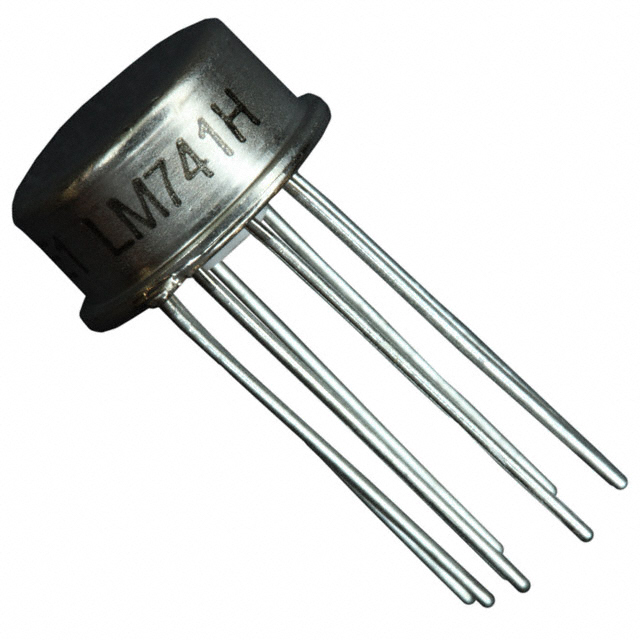
The LM741H is a general-purpose operational amplifier that comes in an 8-pin TO-99 package with a nominal supply voltage range of ±15V. It has a large signal voltage gain of 200V/mV and bandwidth of up to 1.5MHz. Its input and output come with overload protection. This op amp also features no latch-up when the common-mode range is exceeded. It is a direct, plug-in replacement for other op amps like the 709C, LM201, MC1439, and 748 in most applications.
Average price across distributors at time of publish: $11.78
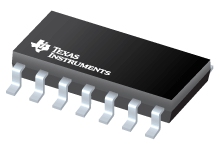
The LM324AMX/NOPB comes with four internally compensated op amps all in a 14-pin SOIC package. It is a low power general-purpose operational amplifier that features a large signal voltage gain of about 100 V/mV, a wide gain-bandwidth of 1MHz and a low input bias current of 45 nA. It operates from a single power supply over a wide range of 3 V to 32 V and also supports dual supplies with a range of ±1.5 V to ±16 V. It is suitable for transducer amplifiers, DC gain blocks, conventional op amp applications.
Average price across distributors at time of publish: $0.29
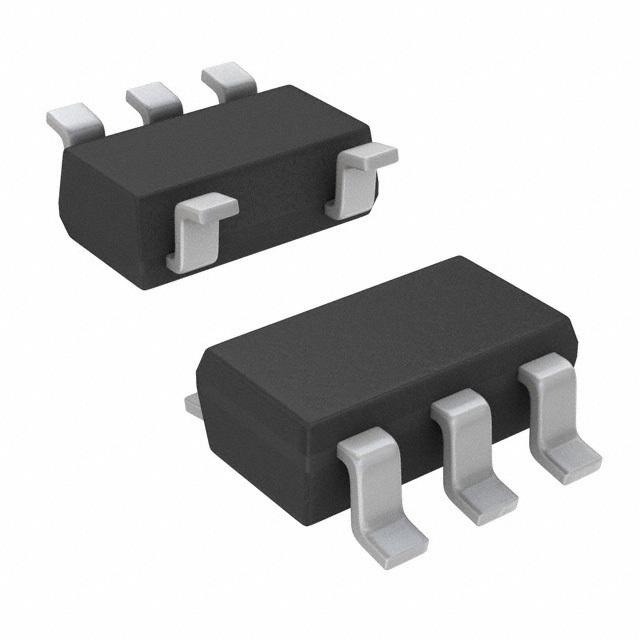
The MCP6001T-1/OT is a single general-purpose op amp that comes in a 5-lead SOT-23 package and an industrial temperature range of -40°C to +85°C specifically designed for low-cost and low-power applications. It operates with a single supply voltage going as low as 1.8V while drawing 100 µA (typical) quiescent current, and as high as 6.0V. It has a typical gain-bandwidth product of 1 MHz. Its features make it suited for battery-powered applications, automotive applications, portable equipment, and analog filters.
Average price across distributors at time of publish: $0.24
#7 LM324N from Texas Instruments
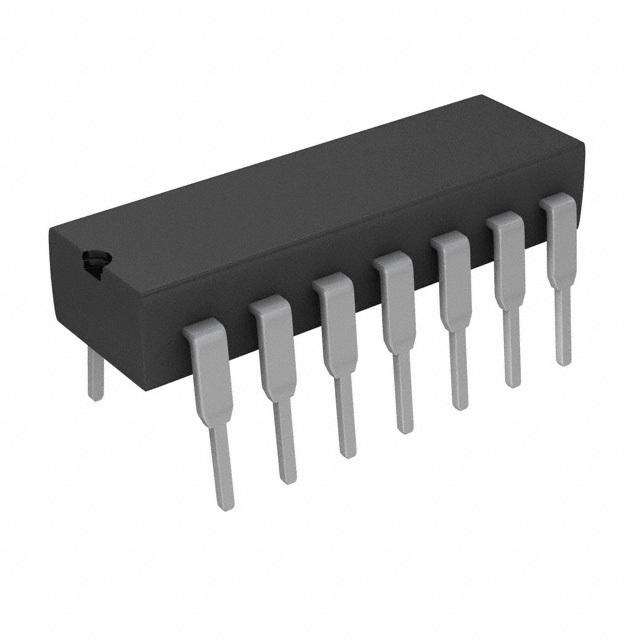
The LM324N is a low power quad operational amplifier that comes in a 14-pin DIP package with similar features to the LM324AMX/NOPB except with a wide gain bandwidth of 1.3MHz, a low input bias current of 20nA with a maximum input offset voltage of 5 mV.
Average price across distributors at time of publish: $0.52
#6 LM358DT from STMicroelectronics
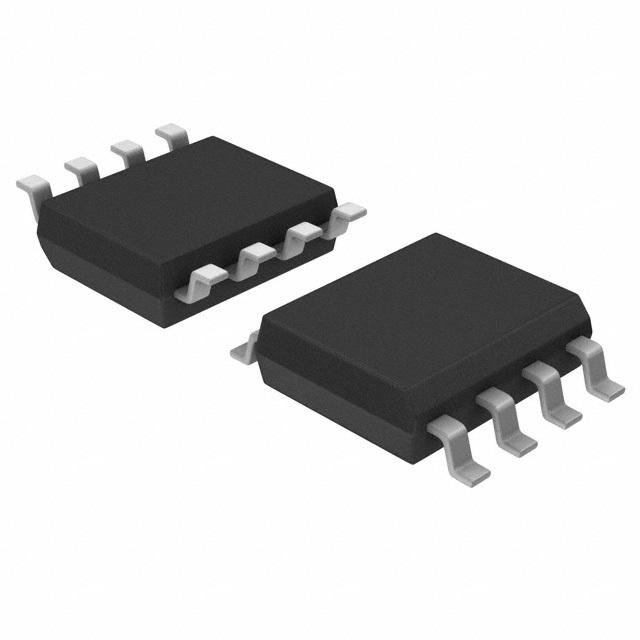
The LM358DT comes with two independent, high gain, internally frequency-compensated op amps packaged in an 8-pin SOIC package with an operating free-air temperature range of 0 °C to 70 °C. It operates from a single power supply with a range of 3 V to 32 V and also supports dual supplies with a range of ±16 V. It has a large signal voltage gain of 100V/mV and a wide gain-bandwidth of 1.1MHz. It has a typical input offset voltage and current of 2mV and 2nA respectively. Suitable for all conventional op amp circuits.
Average price across distributors at time of publish: $0.48
#5 UA741CP from Texas Instruments
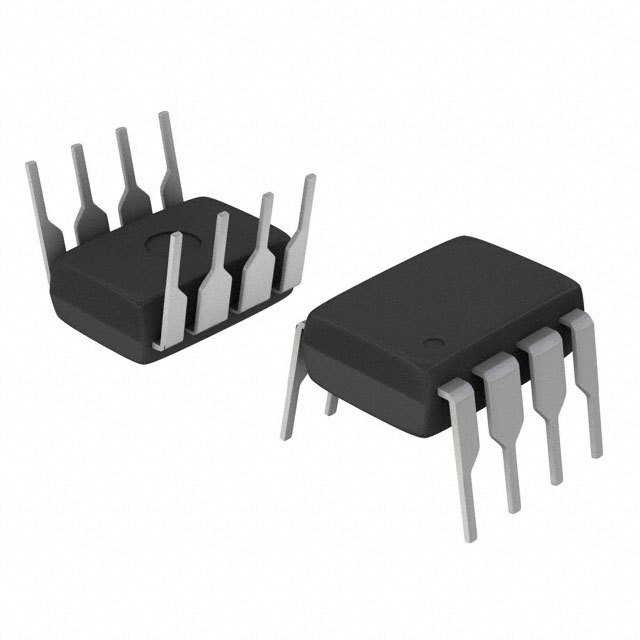
The uA741CP is a general-purpose operational amplifier that comes in an 8-Pin PDIP Tube featuring short-circuit protection, offset-voltage null capability. It has a nominal supply voltage range of ±15V, a large-signal differential voltage gain of 200V/mV. Its internal frequency compensation ensures its stability without external components. A low-value potentiometer may be connected between the offset null inputs to null out its offset voltage. Its high common-mode input voltage range and the absence of latch-up makes the amplifier ideal for voltage-follower applications.
Average price across distributors at time of publish: $0.48
#4 LM358N from ON Semiconductor

The LM358N is a dual-input operational amplifier similar to #6 – LM358DT – except that it comes in an 8-pin DIP package, has a typical input offset voltage and current of 2.9mV and 5nA respectively and has a typical and maximum input bias current of 45nA and 250nA respectively.
Average price across distributors at time of publish: $0.77
#3 LM358AN from ON Semiconductor

The LM358AN is a single supply dual operational amplifier, the same as #4 – LM358N – except with a maximum input offset voltage and current of 3mV and 30nA, and a typical and maximum input bias current of 45nA and 100nA, all lower than the LM358N.
Average price across distributors at time of publish: $0.58
#2 LMV358IDGKR from Texas Instruments
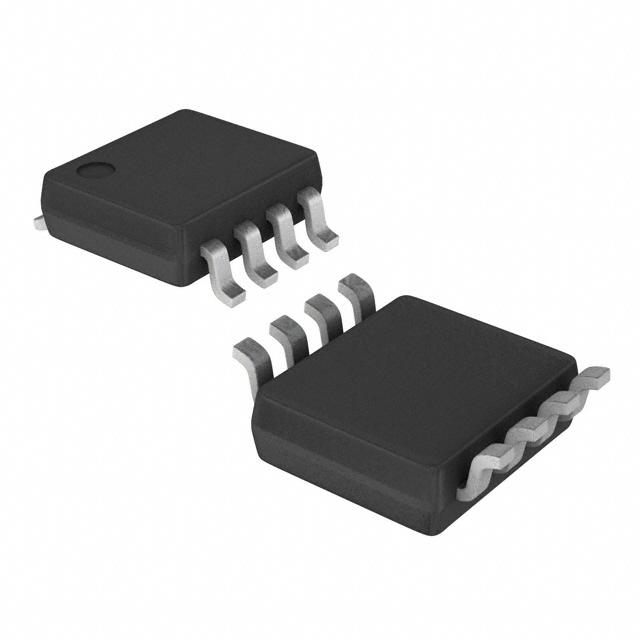
The LMV358IDGKR is a dual low-voltage rail-to-rail output op amp that comes encased in a VSSOP-8 package type with 1-MHz unity-gain bandwidth. It typically operates between 2.7 V to 5.5 V with a supply current of 210 μA. The LMV358IDGKR is a cost-effective solution for applications where low-voltage operation, space-saving, and low cost are needed.
Average price across distributors at time of publish: $0.62
#1 LM358ADT from STMicroelectronics

The LM358ADT is the same as #6 – LM358DT – except for the typical input offset voltage current of 1mV and a maximum input offset current of 10nA. It also has a maximum input bias current of 50nA which is lower than the LM358DT.
Average price across distributors at time of publish: $0.42
by Henry Egejuru @ SnapEDA


